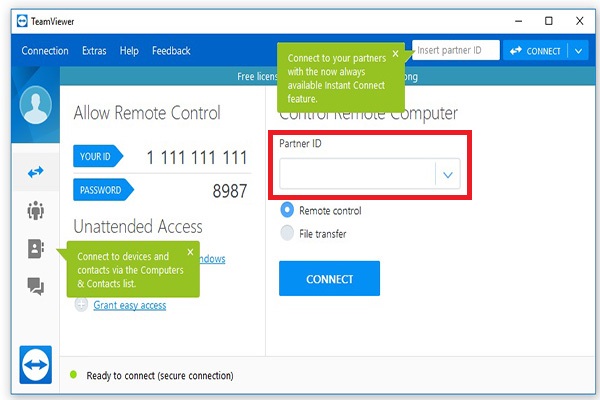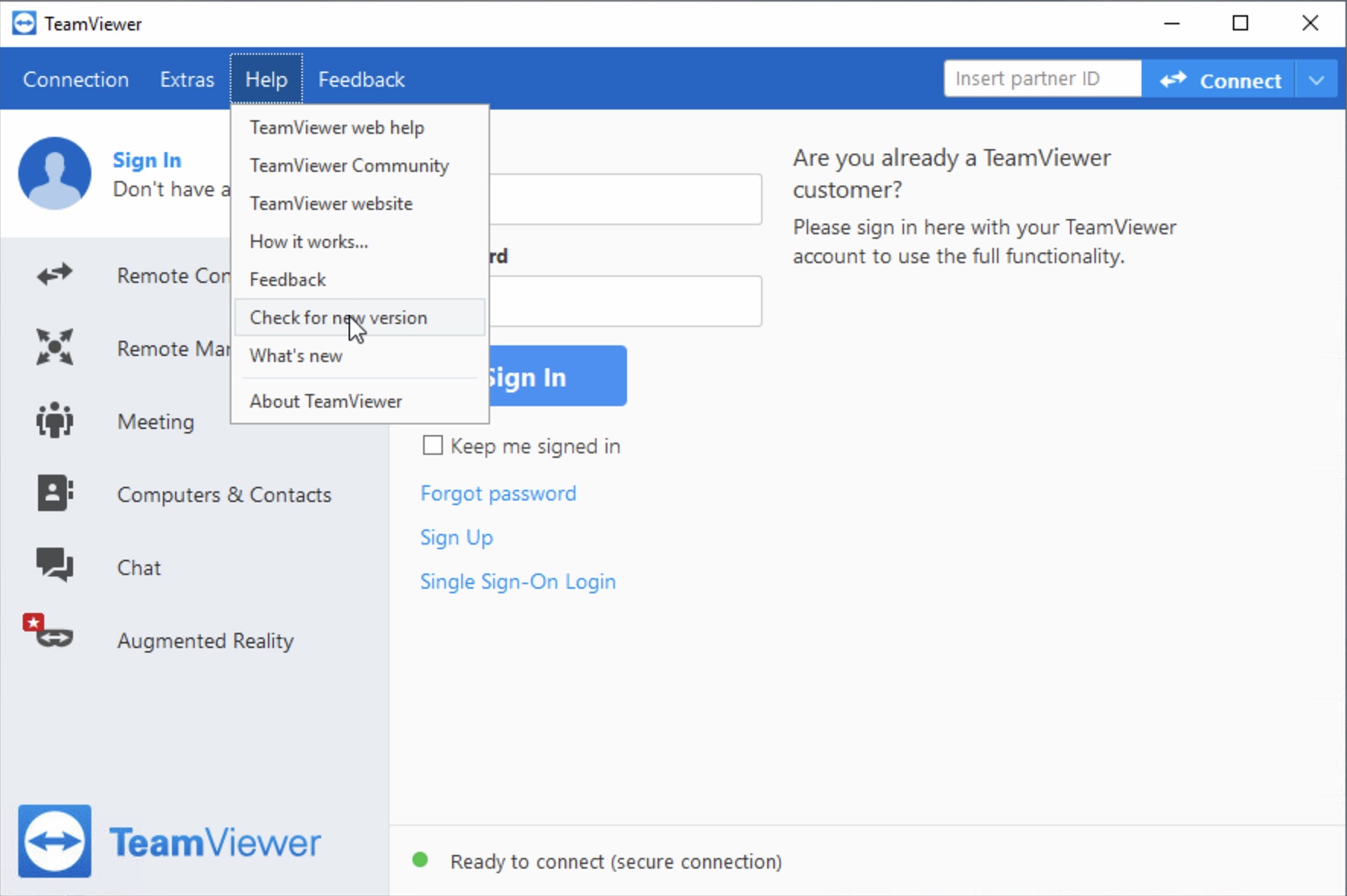
Make sure to plan an outage of at least 45 minutes if you're going to attempt this, more or less depending on the amount of virtual networks and VMs/adapters you have. I just didn't know that it was going to do that. I am still able to get into TeamViewer and connect to my clients now, and I have rebooted and still am able to log in. In the toolbar on the top click ‘ Open file transfer ’ (dual-pane) or ‘ Share via file box ’ to choose files from host computer, Google Drive, etc. Just to be clear, the suggestion did work. Just a heads up for anyone who tries the "Remove the Hyper-V" suggestion. TeamViewer provides an ID and password which can be used to take control of your system. I had to remove all of the network adapters from all of my VMs, remove the Hyper-V feature (two reboots), add it back (two reboots), and uncheck the "Hyper-V Extensible Virtual Switch" option each physical adapter before I could recreate the virtual switches and attach them to the physical adapters. Using TeamViewer account for easy access. Whenever I tried to start my VMs they failed with a pretty ambiguous error. All of my custom virtual networks were gone. After a little bit of investigation I realized that my virtual switch had been wiped.

I have Teamviewer 13 () installed, I have setup Unattended Access, I have ticked the Start With.


On Monday I was going to open a VM to test a script and noticed that all of my VMs were off. I run Windows 10 on a headless HP Gen8 Microserver. I also need to give a little extra detail into my experience with this, a week or more after the suggestion to remove the Hyper-V feature and add it back.


 0 kommentar(er)
0 kommentar(er)
